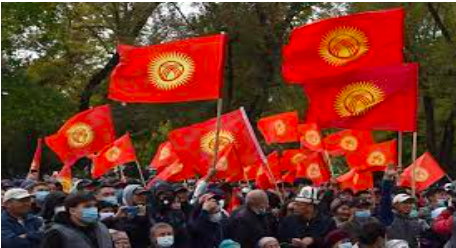Deepawali
Posted on : October 28, 2019Author : AGA Admin

Deepawali or Diwali is the festival of lights: deep signifying “light” and avali “a row” connoting “a row of lights.” Diwali is marked by five days of celebration. The Diwali festival occurs in late October or early November. It falls on the 15th day of the Hindu month of Kartik, so it varies each year. Each of the four days in the festival of Diwali is marked with a different tradition. Some believe it to be the celebration of the marriage of Lakshmi, the goddess of wealth, with Lord Vishnu. Others use it as a celebration of her birthday, as Lakshmi is said to have been born on the new-moon day of Kartik. In Bengal, the festival is dedicated to the worship of Mother Kali, the goddess of strength. Lord Ganesha—the elephant-headed god and symbol of auspiciousness and wisdom—is also worshiped in most Hindu homes on this day. In Jainism, Deepawali has the added significance of marking the great event of Lord Mahavir attaining the eternal bliss of nirvana. Diwali also commemorates the return of Lord Rama (along with his wife Sita and brother Lakshman) from his 14-year-long exile after vanquishing the demon-king Ravana. In joyous celebration of the return of their king, it is believed the people of Ayodhya, the capital of Rama, illuminated the kingdom with earthen diyas (oil lamps) and set off firecrackers.
Each day of Diwali has its own story to communicate. The first day of the festival is Dhanteras (dhan meaning “wealth” and teras meaning “13th”). This celebration of wealth and prosperity occurs two days before the festival of lights. The tradition of gambling on Diwali also has a legend behind it. It is believed that on this day, Goddess Parvati played dice with her husband Lord Shiva. She decreed that whosoever gambled on Diwali night would prosper throughout the ensuing year. The second day of the festival, Naraka Chaturdasi marks the vanquishing of the demon Naraka by Lord Krishna and his wife Satyabhama. Amavasya, the third day of Deepawali, marks the worship of Lakshmi when she is in her most benevolent mood, fulfilling the wishes of her devotees. Amavasya also tells the story of Lord Vishnu, who, in his dwarf incarnation, vanquished the tyrant Bali and banished him to hell. Bali is allowed to return to earth once a year to light millions of lamps and dispel darkness and ignorance while spreading the radiance of love and wisdom. It is on the fourth day of Deepawali, Kartika Shudda Padyami, that Bali steps out of hell and rules the earth according to the boon given by Lord Vishnu. The fifth day is referred to as Yama Dvitiya (also called Bhai Dooj), and on this day sisters invite their brothers to their homes.




